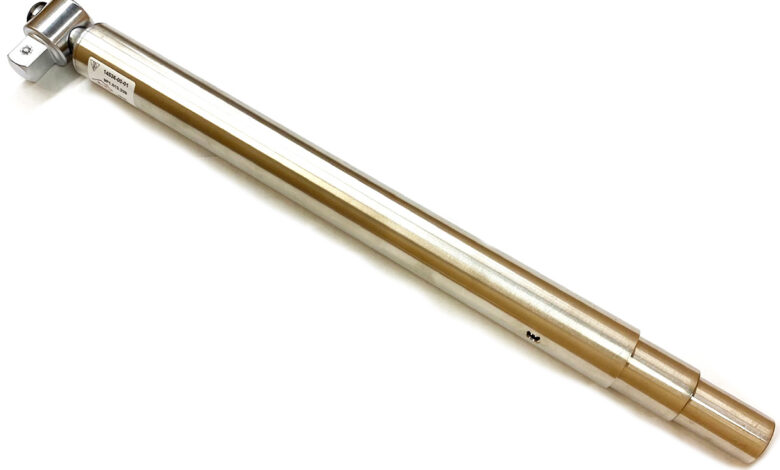Breaker Bar: A Comprehensive Guide to Choosing the Right Tool for Your Needs

Introduction of Breaker Bar
In the realm of mechanical work and DIY projects, having the right tools can make all the difference. When it comes to loosening stubborn bolts or nuts, a breaker bar is an indispensable tool in any toolkit. But with the plethora of options available on the market, choosing the right breaker bar can be daunting. Fear not! In this guide, we’ll delve into everything you need to know about breaker bars, from their types and features to tips on selecting the perfect one for your needs.
Understanding Breaker Bars
A breaker bar, also known as a cheater bar, is a long-handled tool designed to provide extra leverage when loosening tight fasteners. Unlike a traditional ratchet wrench, which relies on a ratcheting mechanism, a breaker-bar offers a fixed handle, allowing users to apply greater torque without the risk of the tool snapping or breaking under pressure.
Types of Breaker-Bars
Flex-Head Breaker-Bars
Flex-head breaker-bars feature a swiveling head that allows for greater flexibility and access in tight spaces. These bars are ideal for applications where maneuverability is key, such as automotive repair work.

Standard Breaker Bars
Standard breaker bars come with a fixed head and offer straightforward functionality. While they may lack the flexibility of flex-head bars, they are sturdy and reliable, making them suitable for heavy-duty tasks.
Telescoping Breaker Bars
Telescoping breaker bars feature an extendable handle, allowing users to adjust the length for added leverage when needed. These bars offer versatility and are well-suited for both light and heavy-duty applications.
Key Features to Consider
Length
The length of a breaker-bar directly impacts the amount of leverage it provides. Longer bars offer greater torque but may be cumbersome in tight spaces, whereas shorter bars are more maneuverable but may lack the necessary leverage for stubborn fasteners.
Material
Breaker-bars are typically made from high-strength materials such as chrome vanadium or alloy steel to withstand high torque loads without bending or breaking. Look for bars with a durable finish to resist corrosion and extend the tool’s lifespan.
Drive Size
Breaker bars come in various drive sizes, including 1/2-inch, 3/8-inch, and 1/4-inch, to accommodate different socket sizes. Choose a bar with a compatible drive size to ensure seamless integration with your existing socket set.
Selecting the Right Breaker-Bar
When choosing a breaker bar, consider the specific requirements of your tasks, including the types of fasteners you’ll be working with and the available workspace. Additionally, factor in your own comfort and preferences, such as handle grip and weight distribution.
FAQs (Frequently Asked Questions)
- What is the purpose of a breaker-bar? A breaker-bar is used to provide additional leverage when loosening tight bolts or nuts, particularly in automotive repair and mechanical work.
- Can I use a breaker-bar with a ratchet socket set? Yes, breaker-bars are compatible with most standard ratchet socket sets, allowing for seamless interchangeability between tools.
- Are flex-head breaker-bars more versatile than standard ones? Flex-head breaker-bars offer greater maneuverability in tight spaces, making them ideal for applications where access is limited.
- How do I determine the appropriate length of a breaker-bar? The length of a breaker-bar should be chosen based on the specific requirements of your tasks, balancing between leverage and maneuverability.
- What maintenance is required for breaker-bars? Periodic inspection for signs of wear or damage, such as cracks or bending, is recommended. Additionally, keeping the tool clean and properly lubricated can help prolong its lifespan.
- Can telescoping breaker-bars be used for heavy-duty tasks? Yes, telescoping breaker-bars are designed to provide additional leverage for both light and heavy-duty applications, thanks to their adjustable length feature.
Conclusion
In conclusion, a breaker bar is an essential tool for anyone undertaking mechanical work or DIY projects. By understanding the different types, key features, and selection criteria, you can confidently choose the right breaker bar for your needs, ensuring efficient and hassle-free fastener loosening. Remember to prioritize safety and proper maintenance to maximize the lifespan of your breaker bar and enjoy years of reliable use.



